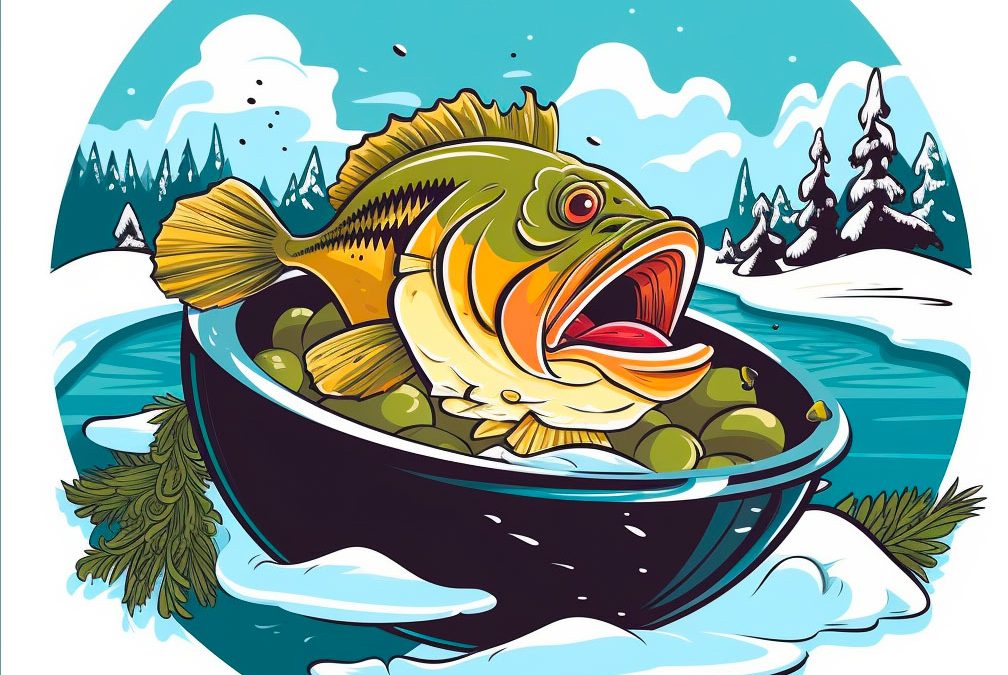Winter is a season that significantly changes the behavior of fish, especially bass. Winter brings colder water temperatures, less sunlight, and sometimes harsh weather conditions that have a considerable impact on the food sources for bass. However, this does not mean that bass are not hungry during the winter; they still must eat to survive. But what is it that bass like to eat during the winter? In this article, we will discuss the different food sources for bass in the winter and the different approaches to fishing for them.
Natural Food Sources for Bass in the Winter
The most common natural food sources for bass in the winter include crawfish, shad, and bluegill. Each of these prey has different behavior patterns in the winter, which affects the way they are preyed upon by bass. For instance, bluegill tends to move to deeper water during the winter, while crawfish burrow themselves deep in the mud, and shad move to the areas with more warm water.
Crawfish are a bottom-dwelling prey that is slow-moving and inactive during the winter. They are a good source of protein for bass during the winter. Crawfish migrate to deeper areas of the lake, where they burrow themselves deep in the mud to keep warm and wait for warmer water temperatures to return. When fishing for bass in the winter, it is crucial to imitate the behavior of crawfish by using soft plastics such as jigs or crayfish imitators. Crawfish are also often associated with rocky structures, making them a good spot to start fishing.
Shad is another primary prey for bass in the winter. Shad schools tend to move frequently throughout the winter, usually looking for warmer water temperatures. This behavior pattern indicates that shad are usually on the move, making them easy targets for bass. Blade baits are an effective way to imitate the size and speed of shad. Blade baits are best used in deeper water, as that is where shad tend to congregate during the winter.
Bluegill is another primary food source for bass during the winter. Bluegill is a prevalent prey throughout the year for bass, but their behavior in the winter changes significantly. Bluegill tend to move to deeper structures during the winter where they can find more warmth. This makes them less active and more vulnerable to attacks from below. When fishing for bluegill, using jigs, or imitation bluegill plugs are effective ways to mimic their behavior pattern. The best areas to fish for bluegill are around structure areas such as sunken trees or brush piles.
Artificial Lures That Work Best in the Winter
It is essential to have an understanding of the natural food sources for bass during the winter to choose the right type of artificial lures. Artificial lures have to mimic the appearance and behavior of natural food sources to be effective. Soft plastics, jigs, and blade baits are some of the best lures to use when fishing for bass in the winter.
Soft plastics are versatile lures for imitating various prey types. They can be used to mimic crawfish, worms, or even bluegill. When using soft plastics, it is important to use natural colors that closely resemble real prey in the water. Natural colors are more effective in winter than bright or fluorescent colors, as they mimic the more natural coloration of the prey that bass target in the winter. When fishing with soft plastics, it is also essential to make sure the bait moves slowly and naturally, as winter prey is not active.
Jigs are also effective lures for winter bass fishing, especially when fishing for bluegill. Jigs are versatile lures that can be used in a variety of water depths and structures. When fishing with jigs, it is best to use a natural color and a slow retrieve. Jigs are most effective around sunken trees or brush piles where bluegill is most commonly found.
Blade baits are effective lures for imitating the size and speed of shad. Blade baits work best when fished in deeper water. The optimal depth for fishing with blade baits is between 20 to 30 feet of water. It is best to cast the blade bait out, let it sink to the bottom, and then reel it up slowly to imitate the swimming motion of shad.
Tips for Finding Bass in the Winter
Finding bass in the winter requires an understanding of their behavior in this season. Most bass in winter will congregate in areas with stable water temperatures and structures that provide shelter from cold winter winds. Fishing in deeper water is also more productive in the winter as this is where the larger fish tend to congregate.
Using electronics can help fisherman find winter bass. Fish finders locate these schools, making it easier for anglers to understand where to cast or position their baits. Many modern fish finders come with features that help fishermen locate fish, such as side imaging, down imaging, and 360-degree sonar.
When fishing for winter bass, understanding how their habitat changes is essential. Having a basic understanding of the best areas to target and the tackle to use will significantly increase your chances of catching fish. Checking water temperature frequently is important, especially during winter afternoons and warmer days. The best time to catch fish is during warmer days where the sun heats the water up.
Conclusion
Winter may seem like a tough time to catch fish, but with the right knowledge, techniques, and tackle, fishermen can still have success. Understanding the natural prey of the fish and their behavior in the winter is the key to catching more fish. Soft plastics, jigs, and blade baits are the best lures to use during the winter as they mimic the prey that fish eat in the winter. Finding fish in the winter requires an understanding of fish behavior in this season, and how to best fish for them. With the proper equipment and techniques, anglers can have a productive winter bass fishing trip.
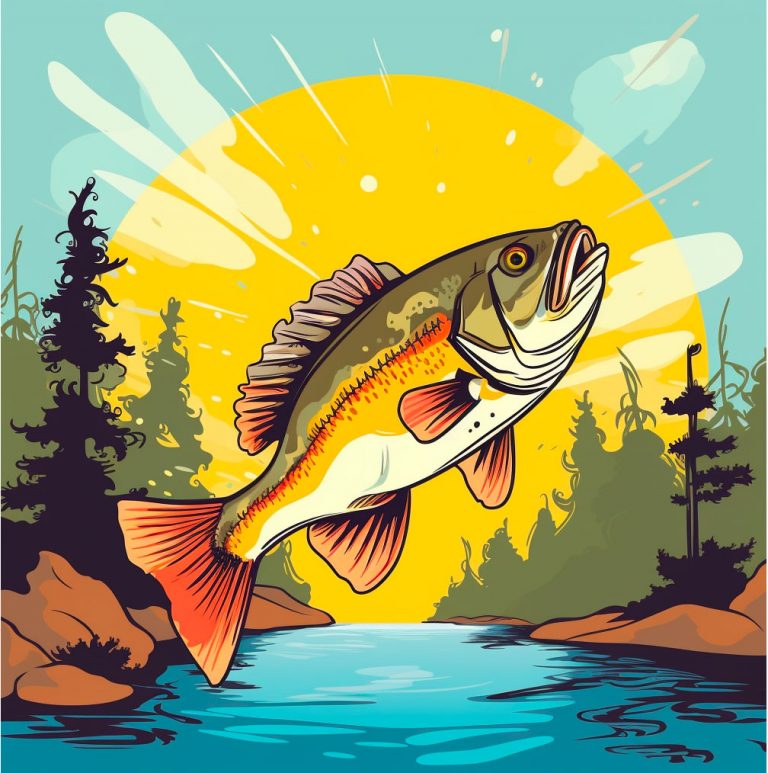
Summer Bass Fishing: Find Bass Fast
Introduction: Summer is a great time to hit the water for some bass fishing. As the water temperatures rise, the bass become more active and their feeding patterns change. However as you enter the dog days of summer the fish can all but seem to disappear at certain times. We’re going to show you how […]
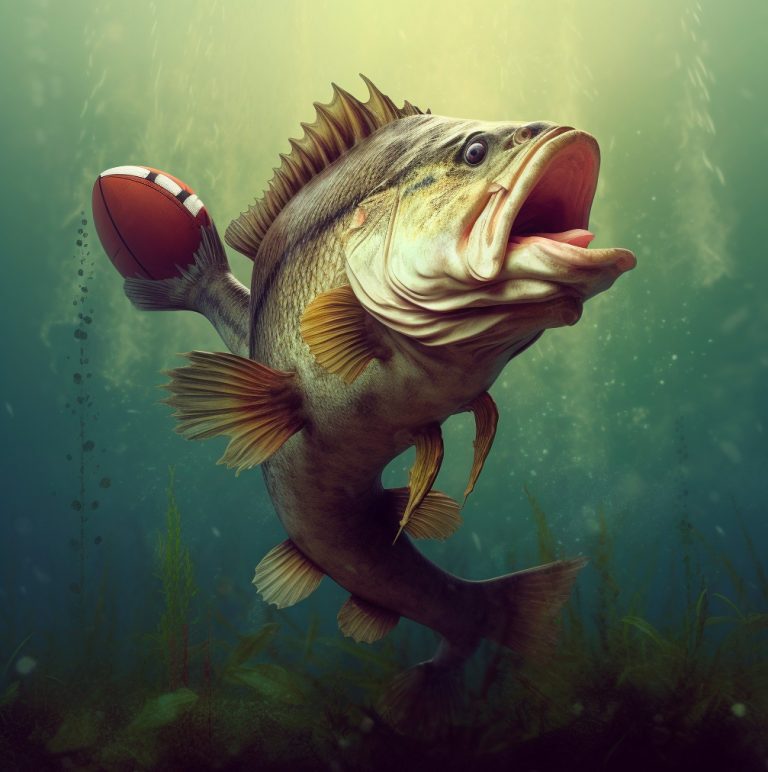
A Guide To Catching Bass On Football Jigs In Every Season
Introduction: Football jigs are a versatile and effective fishing lure that can be used to catch bass all year round. However, different seasons require different approaches when it comes to fishing, and the same is true for football jigs. As an avid angler, I have spent countless hours fishing for bass using football jigs, and […]
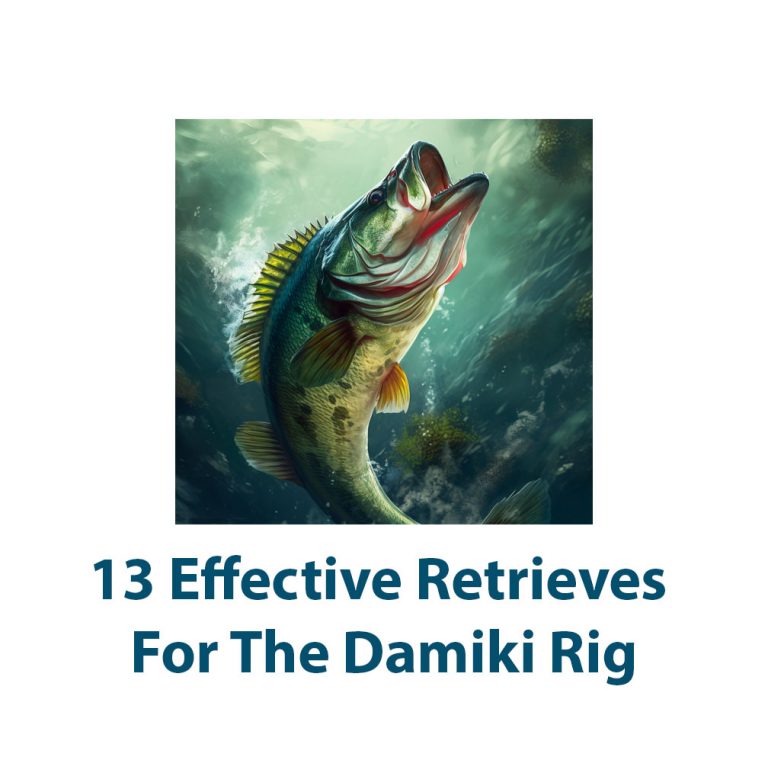
Guide For 13 Effective Retrieves For The Damiki Rig
As a fishing enthusiast, I have always been amazed at how the right retrieve can make all the difference in the world when it comes to catching fish. Recently, I have been experimenting with the Damiki rig and have been blown away by its effectiveness. However, with so many different retrieves to choose from, it […]
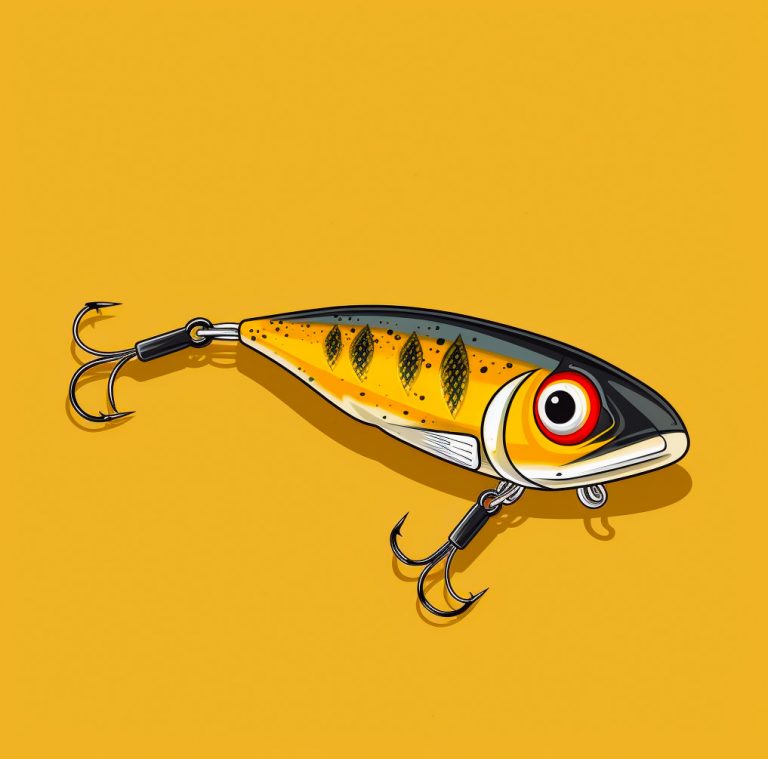
Jerkbaits For Bass: For Quality And Numbers
As an avid bass angler, I’ve tried all sorts of lures over the years. But there’s one type of bait that has consistently produced results for me – jerkbaits. These versatile lures have become a mainstay in my tackle box and are my go-to choice when targeting bass. In this comprehensive guide, I’ll share everything […]

Transforming Your Bass Fishing Game with the Latest Technology
Introduction Bass fishing is an extremely popular sport, and for good reason. With its combination of skill, strategy, and patience, bass fishing is a challenging and rewarding pastime that can be enjoyed by anglers of all ages. However, as with any sport, it’s important to stay up to date with the latest developments in technology […]
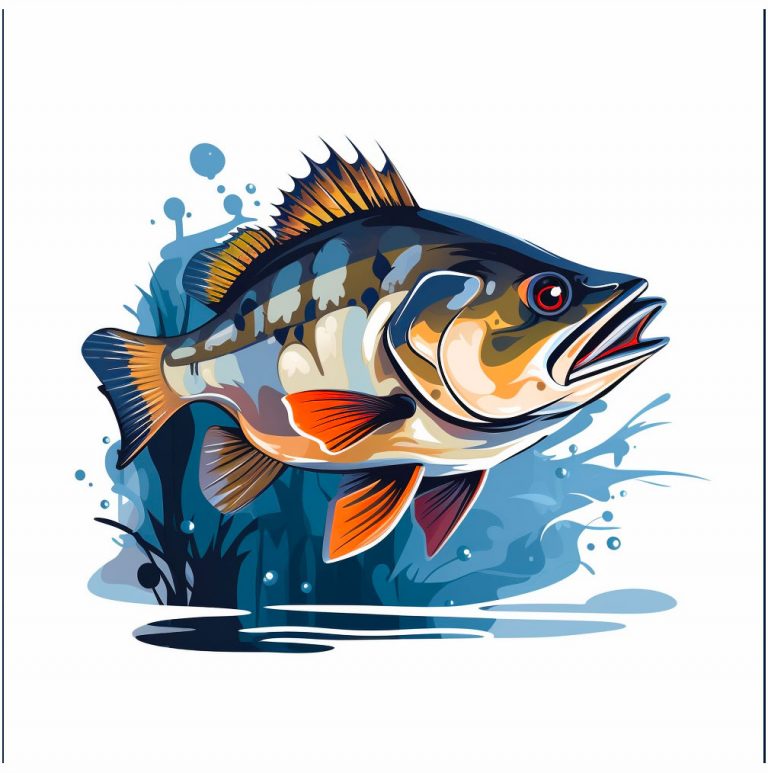
How To Catch Bass Shallow: Techniques, Seasons and Gear
Bass fishing shallow waters is both exhilarating and challenging. With the right techniques, angling, and setup, you can catch trophy-sized fish without having to venture deep into the waters. However, there are several factors to consider when fishing in shallow waters, including fish behavior, seasonal changes, and tackle requirements. In this article, we’ll explore the […]

